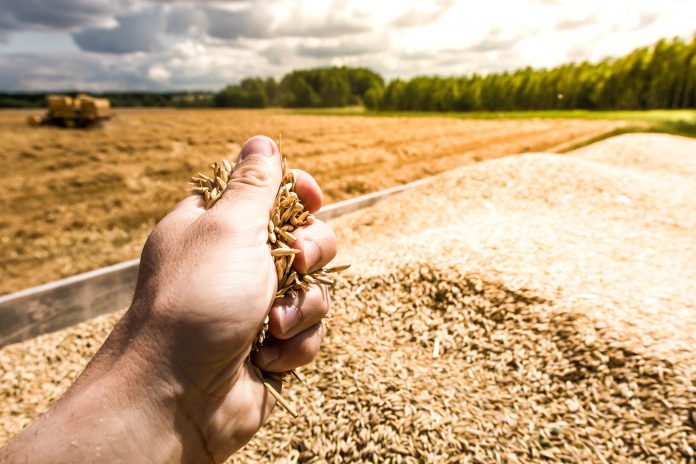A research team from the University of Birmingham has discovered a group of acylhydrazone-based polymers, which may be critical in encouraging bacteria to form growth-promoting ecosystems.
The bacteria generated from these synthetic polymers could potentially be utilised to coat the roots of plant seedlings, which would result in stronger, healthier plants, and higher crop yields in agriculture.
Dr Tim Overton, an Applied Microbiologist from Birmingham University’s School of Chemical Engineering, and Dr Francisco Fernandez-Trillo from the School of Chemistry collaboratively led a research team during this experiment. Their intention was to develop novel synthetic polymers that stimulate the formation of these bacterial communities, in a way that mirrors a natural process known as biofilm formation.
This project was funded by the Biotechnology and Biological Sciences Research Council (BBSRC) through their Midlands Integrative Biosciences Training Partnership.
How important are bacteria in the growth of ecosystems?
Scientists have observed that the roots of seedlings typically form relationships with communities of microbes (fungi, bacteria, viruses) in soil. These relationships tend to be mutually beneficial as they exchange nutrients, which allows both the plant and the microbes to thrive. This process is considered crucial in the early stages of a plant’s life, when the seedling is in a race against time to reach self-sufficient growth, before the nutrients and energy stores in the seed deplete.
Mirroring biofilm formation
A biofilm is an intricately coordinated community of microbes – supported by a matrix of biological polymers – that forms a protective micro-environment and keeps the community together.
The research team conducted a four-year project to investigate how polymers interact with bacteria, which resulted in the synthesis of a group of acylhydrazone-based polymers. These novel polymers were designed to behave as an adhesive scaffold, ‘seeding’ the formation of a microorganism-polymer complex to initiate and expedite biofilm formation. Once the biofilm is formed, the bacteria become a self-sufficient and self-organising community and produce their own matrix to allow the transmission of nutrients and water and the discharge of waste products.
PhD students Pavan Adoni and Omar Huneidi, both scientists in the research team, subsequently progressed research demonstrating that the acylhydrazone-based polymers aggregate bacteria and improve biofilm formation. Additionally, they revealed that the process is completely reversible, and the biofilm can be dispersed by altering the environmental conditions.
The results of these experiments and further studies will be published in 2022.
How will this synthetic polymer help ecosystems?
“We anticipate that the polymer will ultimately be used as a seed coating, perhaps in conjunction with bacteria such as B. Subtilis, which is naturally present in the soil, increases the stress tolerance of plants, and is currently used as a soil inoculant,” concluded Pavan Adoni.
“We envisage a more targeted approach that only treats the seed so that when it germinates the bacteria are ready to grow in the safe harbour environment provided by a micro-organism polymer complex. Ultimately this should result in stronger plants, which grow more quickly, and have greater resilience to disease.”
The University of Birmingham Enterprise filed a broad-based patent application covering the novel polymers, the method of forming the biofilm and the method of polymer cleaving, and its use to promote the growth of a biofilm with any micro-organism. This includes those that can produce or deliver chemical or biological molecules.
The patent has now been licensed to specialist life science company PBL Technology, which invests in, protects, and promotes emerging innovations from public research sources worldwide. In agriculture, PBL’s technologies include crop genetics, crop treatments, precision agriculture and promoters, and R&D tools.









